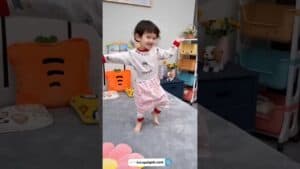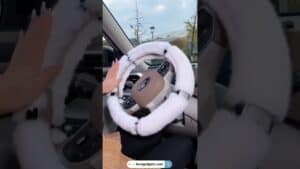A video distribution platform can provide services like viewing, advertising and streaming on an internet-connected TV. It works by connecting to the user’s broadband connection or set-top box via Wi-Fi or Ethernet cable then aggregating content from multiple servers into one interface that uses peer-to end encryption. Conversely, a TV control platform is typically connected wirelessly with no subscription fees required for access of its app which provides various smart features for controlling your TV including voice commands launching apps and changing channels automatically..
The “rs232 tv control” is a technology that allows users to control their TV with an app. The “TV Control” is used for video distribution, while the “TV Control” is used for TV control.
A Brief Look At Video Distribution
Video distribution is similar to audio distribution in certain ways. We utilize Audio Distribution to deliver music from our favorite sources, such as Pandora and Spotify, to speakers around the home.
We have Video Sources–Satellite/Cable receivers, DVRs, Apple TVs, and Blu-Ray Players–in Video Distribution. These Video sources are sent to the many TVs around the house.
The obvious advantage of Video Distribution is that it eliminates the need for Media Cabinets in every area of the home to conceal our Video Sources and eliminates cable clutter.
Rather, we gather all of these sources in a Media Rack or closet and distribute them across the house.
There are a slew of additional compelling arguments for video distribution that are beyond the scope of this article; however, you may learn more about them here.
Controlling the TV
We utilize a Smart Home software like Savant or Control4 to choose and control our numerous Video Sources and deliver them to the TV we wish to view via Video Distribution.
We also have control over the televisions. We switch on and off the televisions, adjust the volume, and change the stations.
Some of our clients are now opting to add Video Distribution as a second phase, but here’s the catch: You have TV Control even if you don’t have Video Distribution!
You can still manage all your TVs and TV applications like Netflix, Hulu, and YouTube if you’re a cord cutter and don’t have any video sources to distribute.
Many customers have recently told me that they believed they couldn’t manage their TVs since they didn’t have Video Distribution. BUT… YOU CAN DO IT! And I wholeheartedly endorse it.
Alexa can control your TV.
Even if you don’t have Video Distribution, there are a lot of fascinating things you can do with TV control if you have a strong Smart Home system like Control4 or Savant.
Watch This Video-
The “commercial video distribution system” is a type of TV control that allows users to watch videos from the internet. The difference between this and a standard TV is that the commercial distribution system does not require any additional hardware, while standard TV requires an external device like a set-top box or streaming stick.
Frequently Asked Questions
What is video Distribution?
A: Video Distribution is the process of sending your online video to people who want to watch it.
What is home Video Distribution?
A: Home video distribution is the act of distributing or making available cinematic films, typically on DVD.
Related Tags
- home video distribution system
- what is rs232c control via hdmi
- remote rs-232c setup
- rs232c control on or off
- whole house audio/video distribution system







